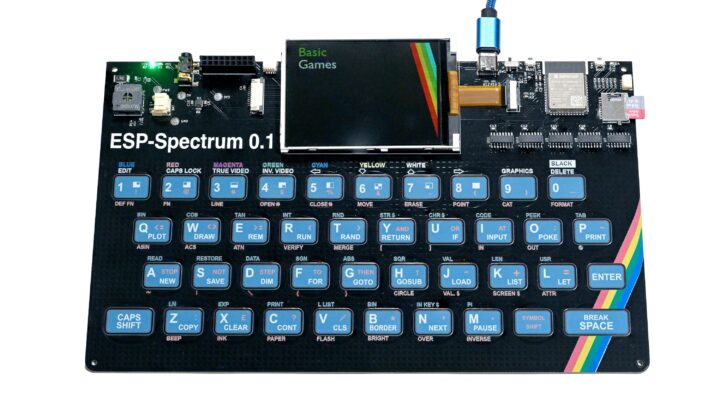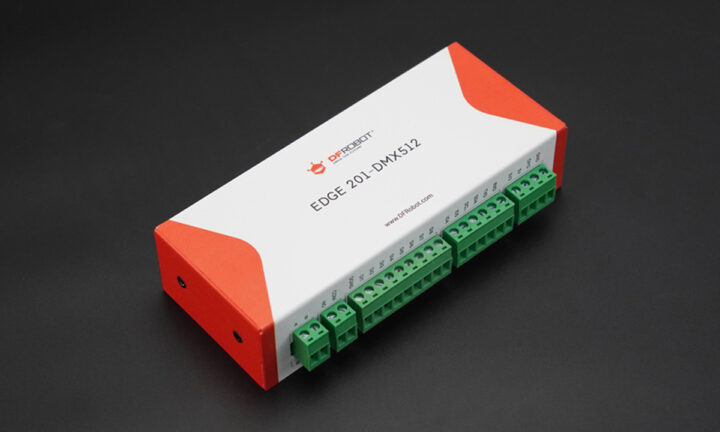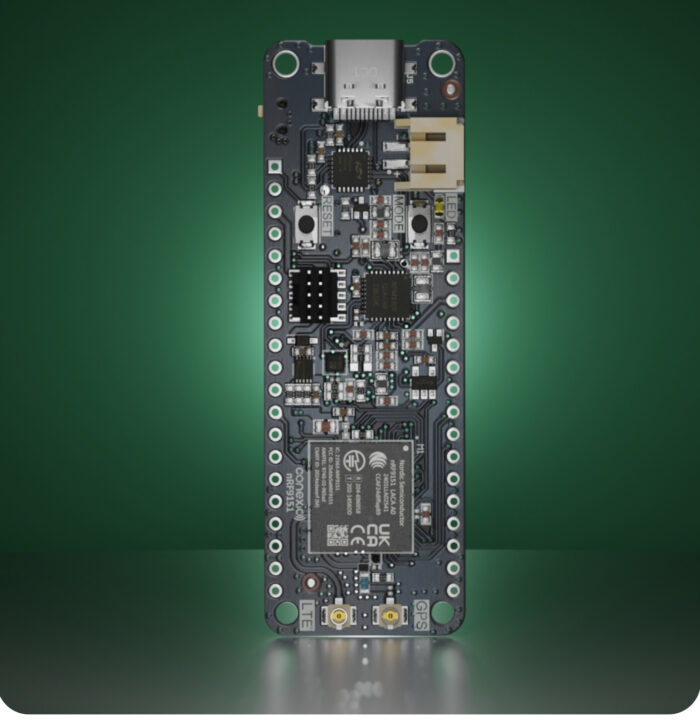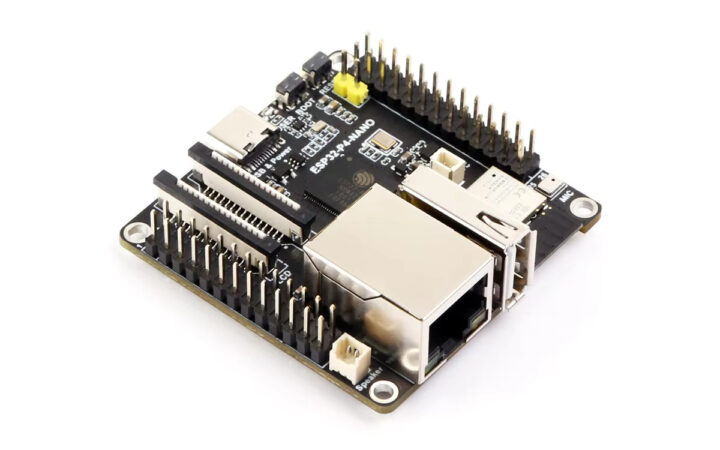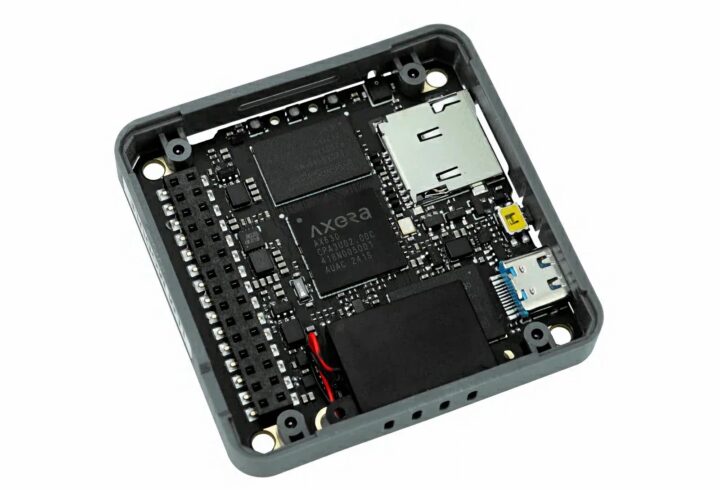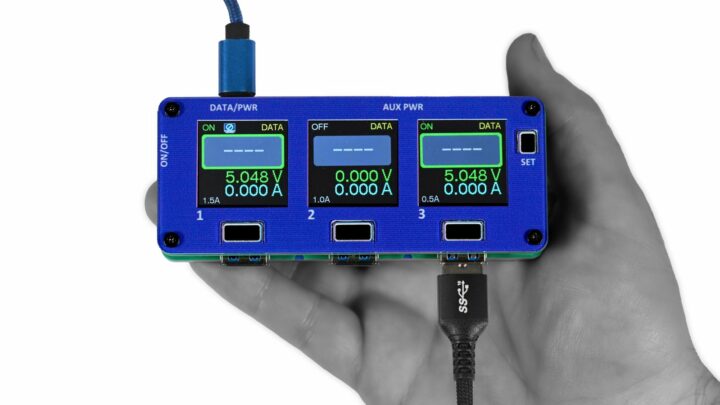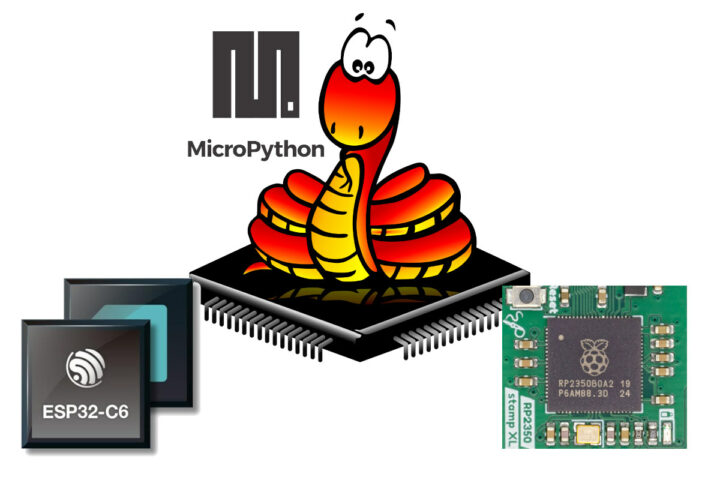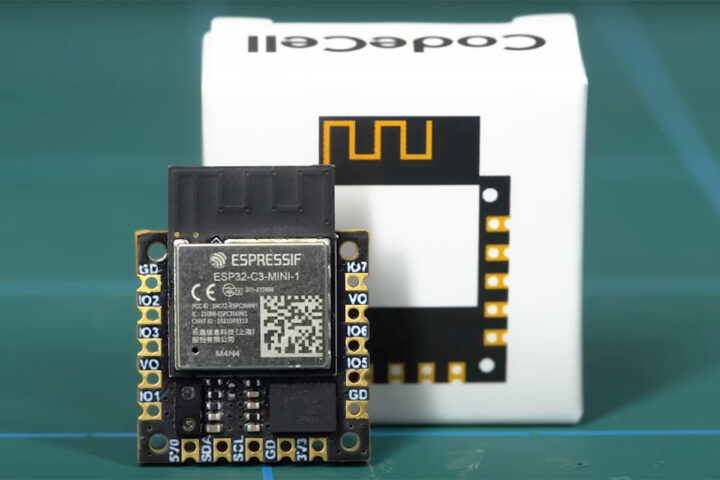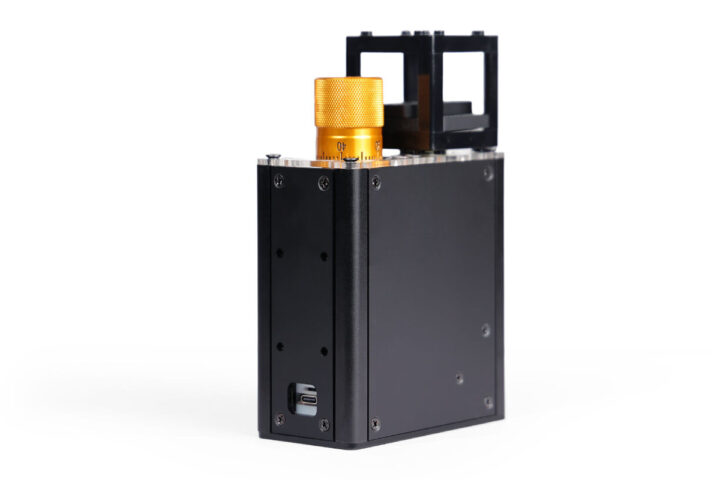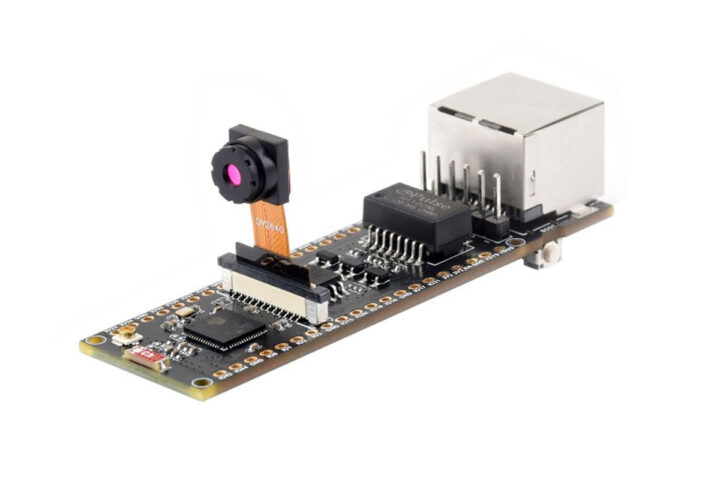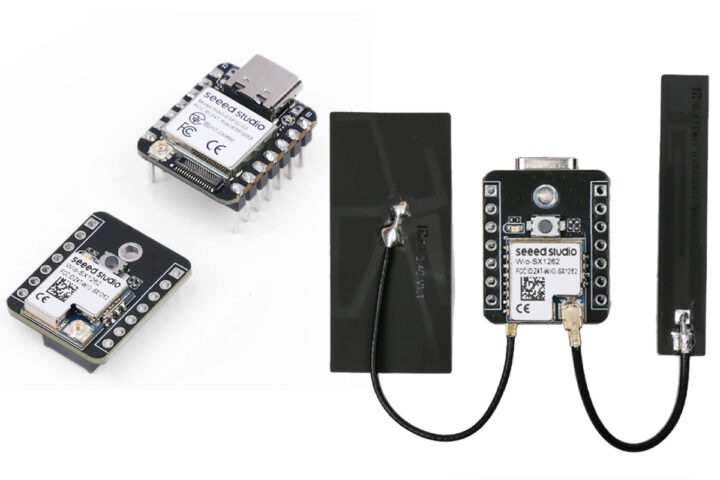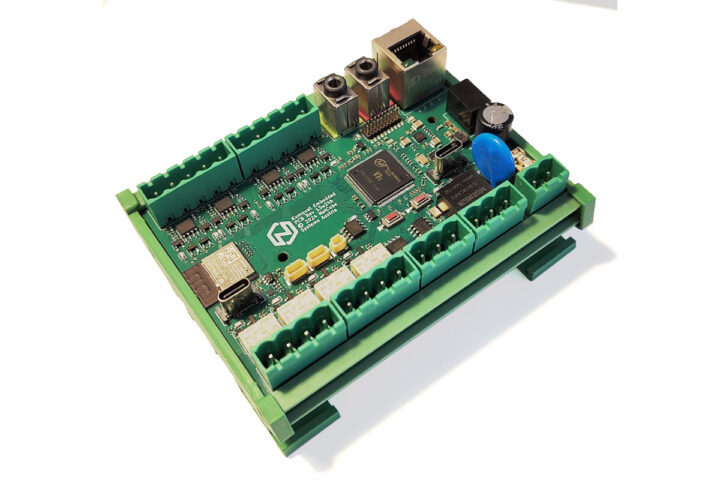Meet the CapibaraZero, a multifunctional security and hacking tool based on the Nano ESP32
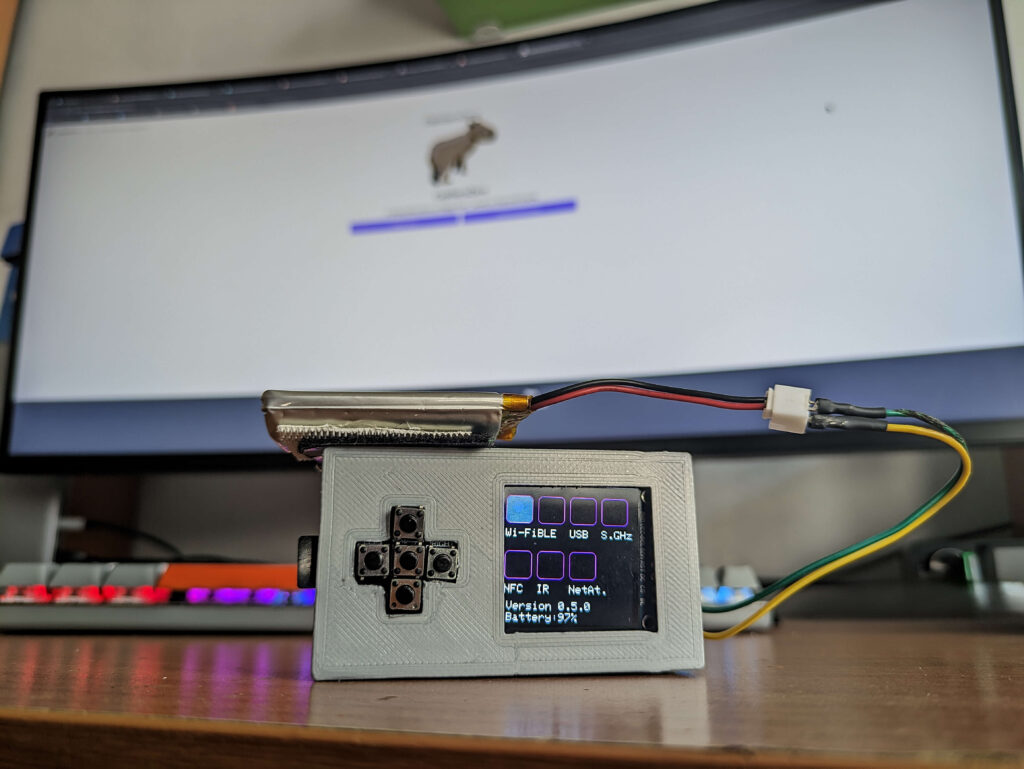
In recent years, tools such as the FlipperZero have become quite popular amongst hobbyists and security professionals alike for their small size and wide array of hacking tools. Inspired by the functionality of the FlipperZero, Project Hub user ‘andreockx’ created a similar multi-radio tool named the CapibaraZero, which has the same core abilities and even a little more.
The project uses an Arduino Nano ESP32 as its processor and as a way to provide Wi-Fi, Bluetooth Low-Energy, and human interface features. The chipset can scan for nearby Wi-Fi networks, present fake captive portals, prevent other devices from receiving IP addresses through DHCP starvation, and even carry out ARP poisoning attacks. Andre’s inclusion of a LoRa radio module further differentiates his creation by letting it transmit information in the sub-GHz spectrum over long distances. And lastly, the PN532 RFID module can read encrypted MiFare NFC tags and crack them through brute force.
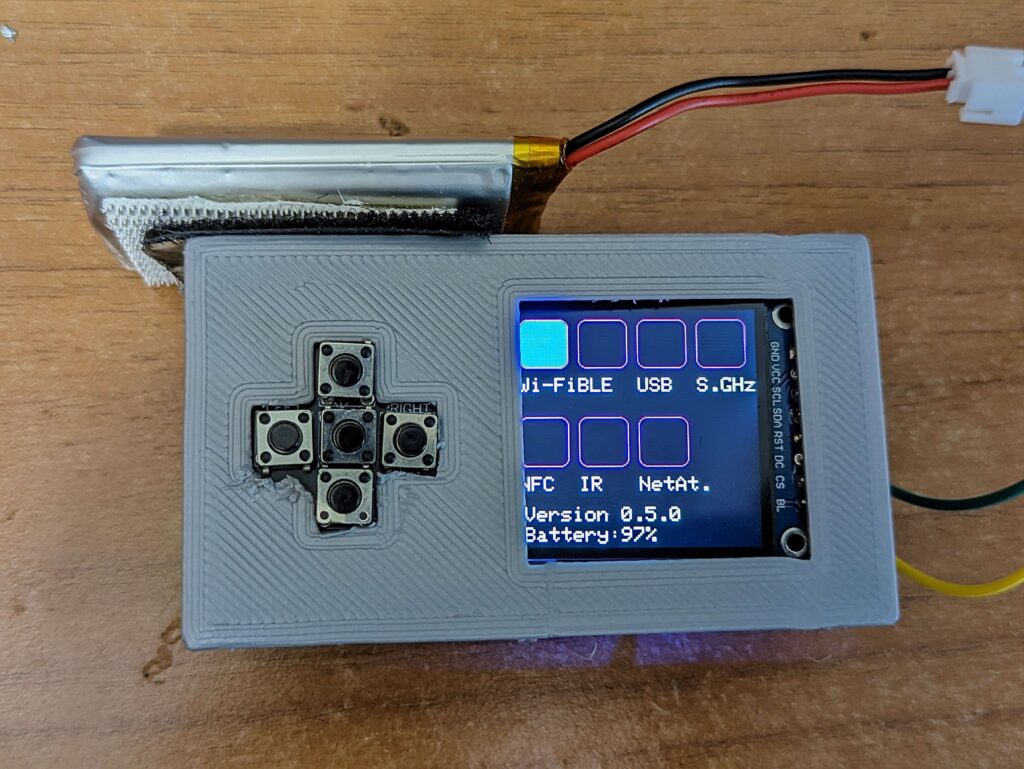
This collection of the Nano ESP32, wireless radios, and a LiPo battery + charging module were all attached to a custom PCB mainboard while five additional buttons were connected via secondary daughterboard before the entire assembly was placed into a 3D printed case.
For more details about the CapibaraZero, you can read Andre’s write-up here on the Project Hub.
The post Meet the CapibaraZero, a multifunctional security and hacking tool based on the Nano ESP32 appeared first on Arduino Blog.
